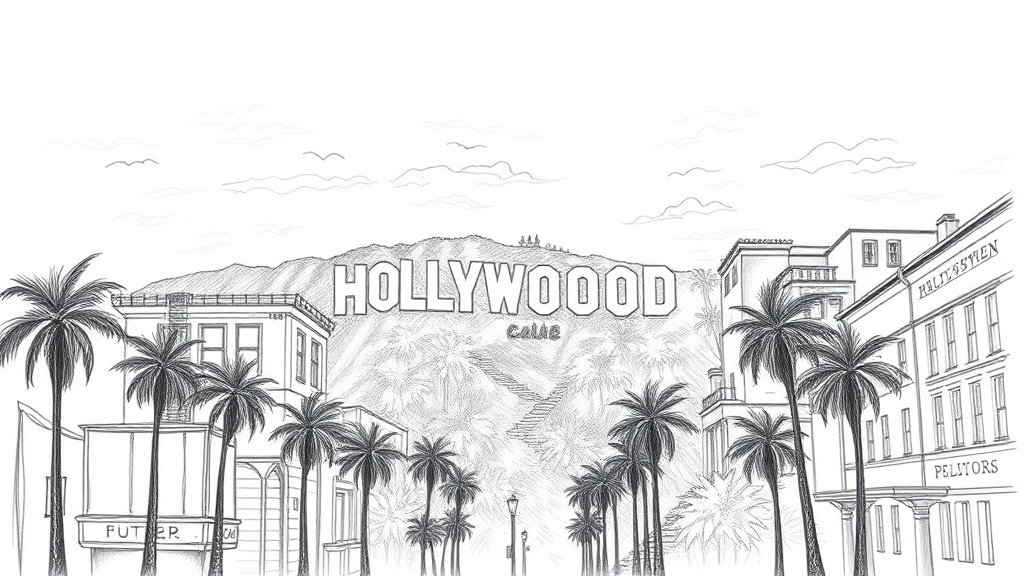Why Theatrical Releases Still Matter: How Hollywood Is Rethinking Windows and Distribution
Hollywood has been reshaping how movies reach audiences, and one thing is clear: the theatrical release remains central to the business and culture of film, even as streaming and hybrid strategies proliferate. Studios, distributors, and filmmakers are experimenting with release windows to balance box office revenues, streaming subscriptions, awards visibility, and audience habits.
Why theaters still matter
– Cultural event: A big-screen release creates shared cultural moments that drive conversation, memes, and social buzz. Blockbusters and prestige titles both benefit from concentrated theatrical runs that become appointment viewing.
– Financial upside: A strong theatrical performance can generate downstream revenue through international sales, licensing, merchandising, and premium streaming deals. Theatrical receipts also help establish a film’s valuation for resale and ancillary markets.
– Awards and prestige: Festivals and theatrical runs remain influential for awards campaigns and critical recognition. A theatrical run signals seriousness and can widen a film’s visibility among critics and voters.
Evolving release strategies
– Exclusive theatrical windows: Studios are experimenting with exclusive theatrical windows of varying lengths to protect box office take while feeding streaming platforms later. Longer exclusive windows are often used for tentpoles and prestige films; shorter or simultaneous releases might be chosen for titles targeting streaming-first audiences.
– Day-and-date and premium VOD: Some films are released simultaneously in theaters and on premium video-on-demand to reach audiences who prefer at-home viewing.
This approach can broaden initial reach but may reduce theatrical revenue for certain films.
– Staggered global rollouts: Distributors often stagger releases across territories to manage piracy, maximize marketing impact, and respond to local market conditions. Coordinated global launches are still used for major franchises.
Implications for filmmakers and studios
– Tailor the release to the title: Not every film needs the same strategy.
Mid-budget dramas and genre films may benefit from longer theatrical exclusivity to build word-of-mouth, while niche or digitally native projects may reach audiences faster via streaming-first releases.
– Marketing matters more than ever: With audiences fragmented across platforms, targeted campaigns that leverage social media, influencers, and experiential marketing help films cut through the noise. Teasers, critic screenings, and festival buzz can amplify a theatrical launch.
– Negotiating rights and revenues: Filmmakers and producers should prioritize clear terms around theatrical windows, backend participation, and streaming royalties. The balance of exposure versus upfront revenue varies by project.

What audiences can expect
– More options, not fewer experiences: Viewers will continue to enjoy a mix of event cinema with theatrical-only premieres and flexible releases that let people pick when and where to watch. Specialty theaters, immersive screenings, and restored classics keep the theatrical ecosystem vibrant.
– Faster access to diverse content: Streaming and hybrid releases can make niche and international films more accessible sooner, while theatrical runs will remain a proving ground for films seeking larger cultural footprints.
The path forward
Theatrical releases are not obsolete; they are part of a more nuanced distribution toolkit. As Hollywood refines windowing strategies, the most successful films will be those whose release plans align with their creative identity and target audience. For filmmakers, distributors, and movie lovers, that means smarter choices about where and how stories are first presented—keeping the magic of the big screen alive while embracing the convenience of modern viewing habits.








